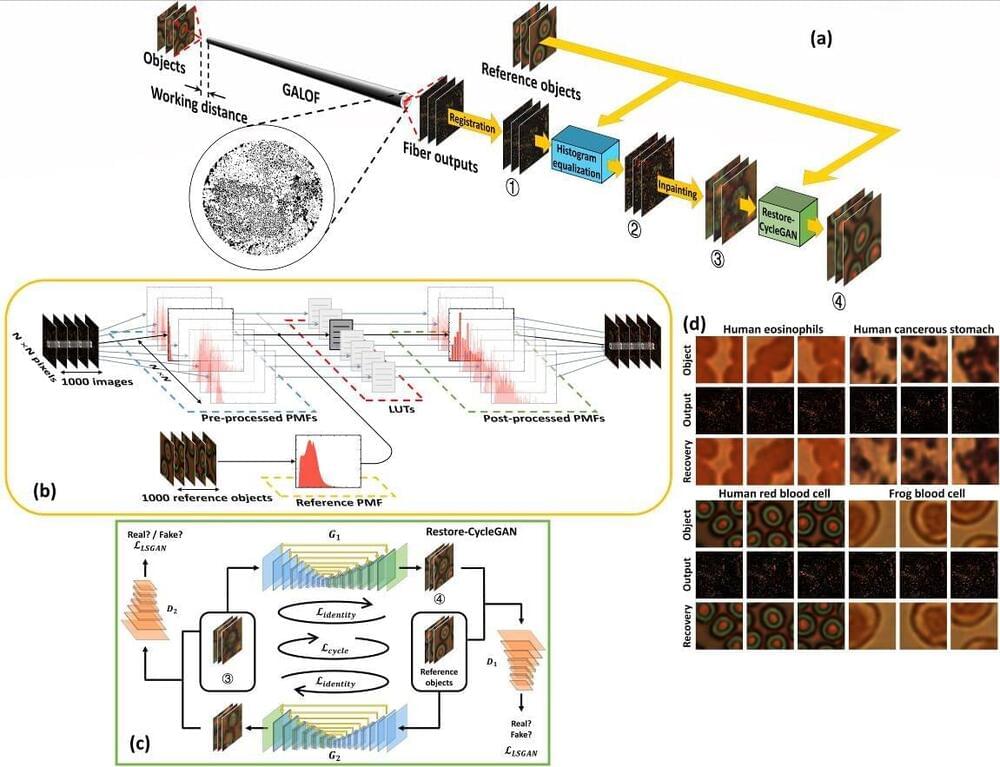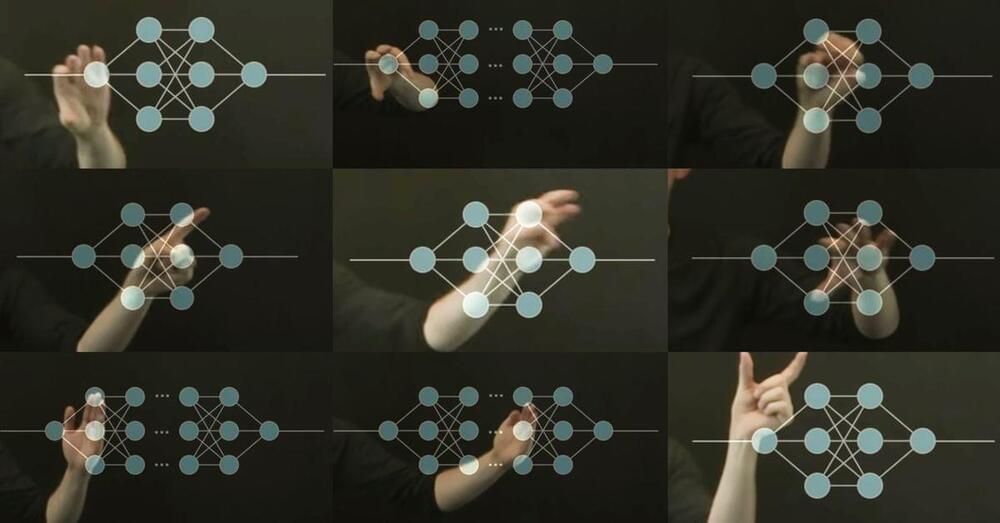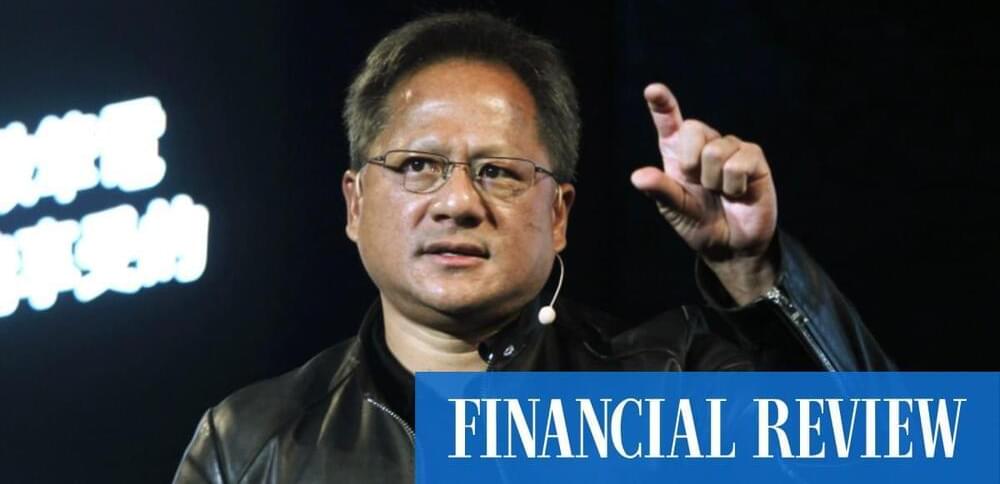😗😁
In the pursuit of extending healthy human lifespans, scientists have achieved a remarkable breakthrough that marks a significant milestone in the field. Researchers from Taipei Medical University in Taiwan have uncovered a genetic modification in mice that can empower cancer-killing cells, increasing their effectiveness by two to seven times while extending their lifespan by up to 20 percent.
Building upon last year’s groundbreaking study, the scientists have now successfully replicated these extraordinary outcomes in ordinary mice through a single transplant of blood stem cells. The findings, published in the scientific journal Cold Spring Harbor Protocols, hold immense importance, according to Che-Kun James Shen, the lead researcher of the study. He believes that these findings could have profound implications for human health and anticipates that clinical trials could commence as early as the end of this year or next year.
The initial discovery involved identifying an amino acid, known as KLF1, that, when altered, preserves the youthful characteristics of the mice. This includes improved motor function, enhanced learning and memory, as well as more effective anti-cancer cells. Additionally, the mice exhibited darker and shinier hair, and a significant reduction in fibrosis—a process associated with impaired organ functioning that occurs during aging.







